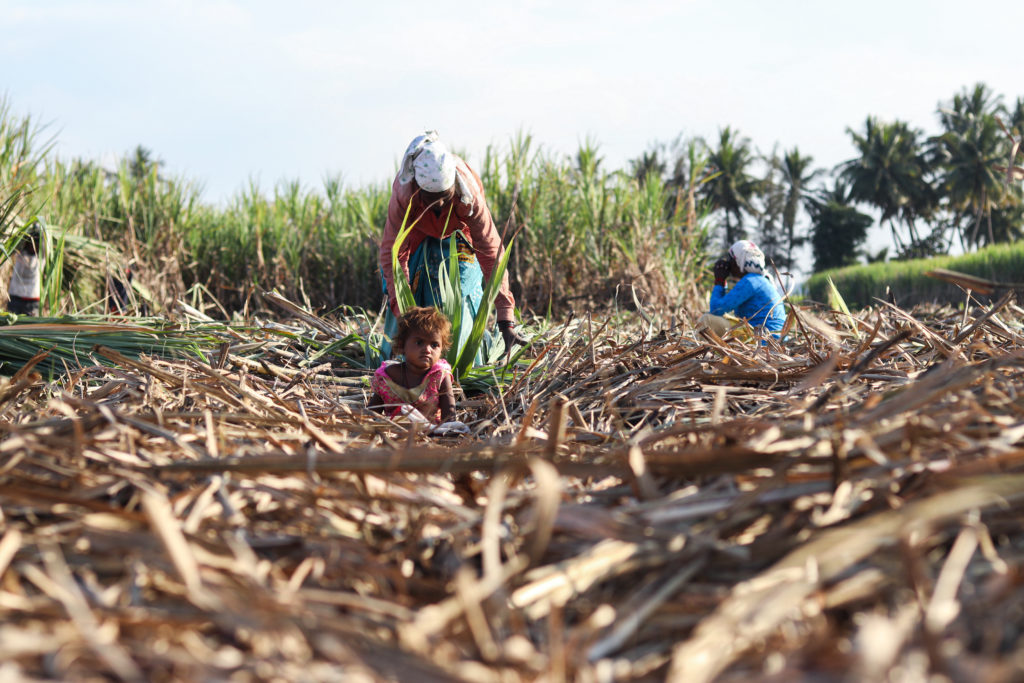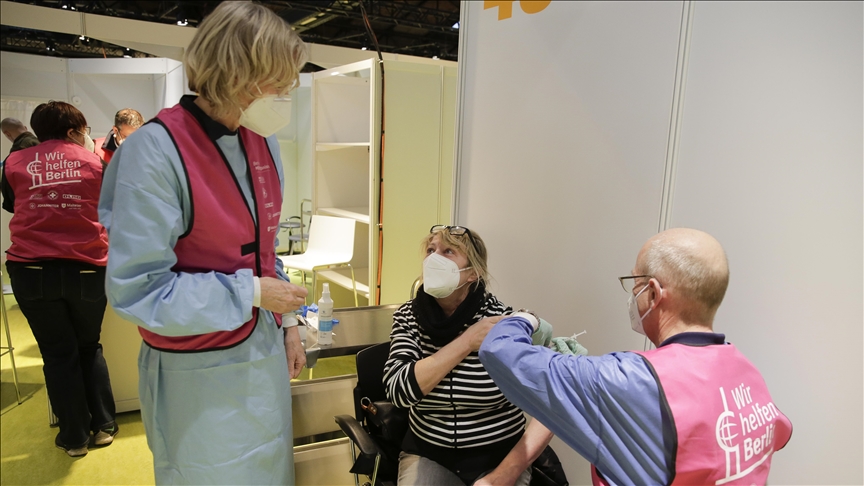By Delena Oza
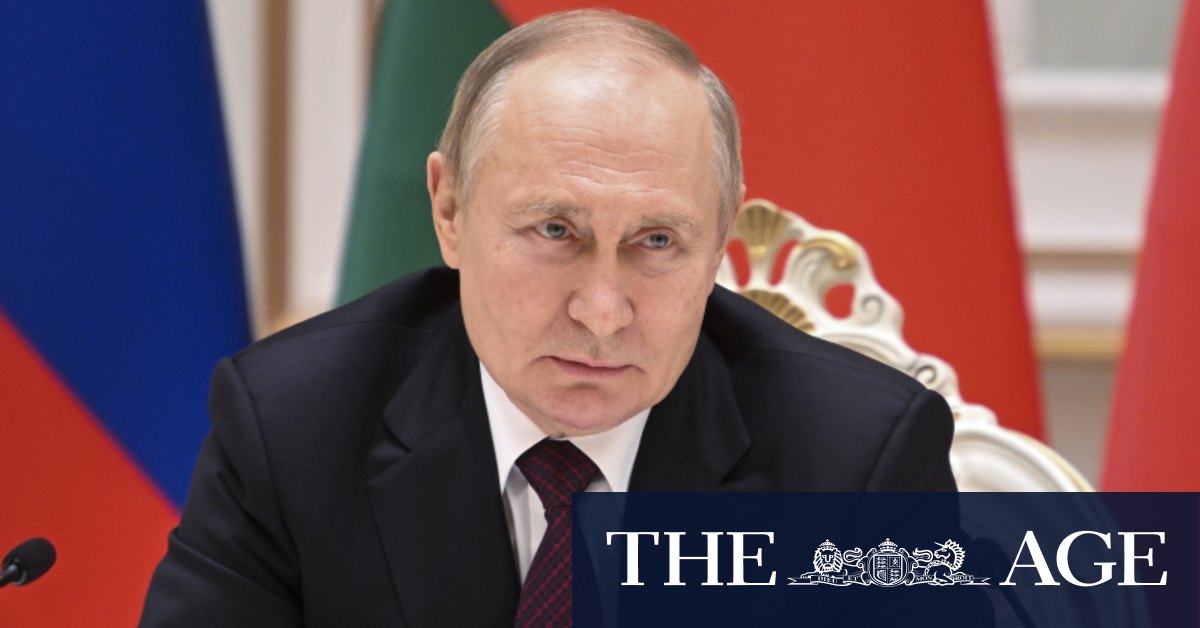
A Russian sausage magnate who briefly criticised Russia’s invasion of Ukraine has died after falling from the third-floor window of a luxury hotel in India.
Pavel Antov was a member of Vladimir Putin’s United Russia Party and a multi-millionaire, having founded one of the country’s largest sausage makers. He was reportedly on a trip to celebrate his upcoming 66th birthday when he was found lying in a pool of blood outside the Hotel Sai International in Rayagada, in the southern state of Odisha.
An unnamed police official told India’s NDTV news outlet they suspected that he took his own life after becoming depressed about the death of his friend, who was found dead in the same hotel.
Vladimir Bidenov was found unconscious in his hotel room on Thursday, surrounded by empty wine bottles.
Antov was the founder of Vladimir Standard, a major meat producer, and had a declared annual income of just under £130 million ($232 million).
In July, he posted a story on his WhatsApp messaging app, criticising Russia’s missile attacks on Kyiv as “terrorism”. He was referring to reports of a girl that had been pulled from rubble after her house had been shelled.
Shortly afterwards, Antov apologised for the post and said it had been posted by someone else. He said he was “a supporter of the president and my country’s patriot” and “shared the goals” of the Kremlin’s invasion.
Alexei Idamkin, Russia’s consul general in Calcutta, told the Tass news agency that there was no foul play in the lawmaker’s death.
Source link
September 1, 2022

By Biodun Busari
A Russian oil oligarch, Ravik Maganov has been confirmed dead after falling off a hospital window in Moscow, the Russian capital city on Thursday.
Some section of the media has described the said incident as ‘strange’ as Maganov’s company criticised President Vladimir Putin after Russia invaded Ukraine in February.
Business Insider reports that his death suggested it was a suicide which has been the latest in a series of untimely or unexplained deaths in Russian energy magnates.
The 67-year-old Maganov was the chair of the board of directors of Lukoil, one of the largest energy companies in Russia.
Maganov was in Moscow’s Central Clinical Hospital when he “fell out of the window” and died from his injuries, an “informed source” told the Russian news agency Interfax.
The Russia Information Agency (RIA) followed up with confirmation from a representative of the presidential administration, which manages the hospital campus.
Maganov’s death comes almost six months to the day after Lukoil released a statement expressing “deepest concerns” about Putin’s war in Ukraine.
On March 3, the company’s board of directors warned about “the tragic events in Ukraine,” calling for a ceasefire and “serious negotiations and diplomacy.”
The board specified that it would “continue its operations in all countries and regions where it is present.”
In May, another former Lukoil executive, Alexander Subbotin, died in an apparent heart attack in his residence in Moscow.
By Aleksandar Brezar & David Mac Dougall with AP •

Russian President Vladimir Putin seen through a bus window, which reflects sky and clouds, during his visit to Kaliningrad in July 2005 - Copyright AP Photo
Another mysterious death among Russian top executives last week drew further attention to the ever-increasing number of suspicious demises among the oligarchs and critics of President Vladimir Putin, raising questions on whether they have become all too common to be completely coincidental.
Ivan Pechorin, a top manager at the Corporation for the Development of the Far East and the Arctic, was found dead in Vladivostok after allegedly falling off his luxury yacht and drowning near Cape Ignatyev in the Sea of Japan two days before, according to the local administration.
"On September 12, 2022, it became known about the tragic death of our colleague, Ivan Pechorin, Managing Director for the Aviation Industry of the Corporation for the Development of the Far East and the Arctic," a statement from the company said.
Pechorin is said to have been tasked with modernising Russia's aviation industry and worked directly under Putin.
Earlier this year, the company’s 43-year-old general director Igor Nosov also died from a reported stroke after taking over the reins in May 2021.
Meanwhile, another aviation expert died under strange circumstances: the former head of the Moscow Aviation Institute Anatoly Gerashchenko was pronounced dead after falling down "several sets of stairs" on Wednesday, according to a statement issued by the institute.
Geraschenko led the institute -- which closely collaborates with the Russian Ministry of Defence and has aided the development of the likes of MiG fighter jets -- until 2015, but it is believed to have remained in an advisory role since.
The Russian aviation industry has long been suspected of having direct ties with espionage.
In 2018, former deputy director of the Russian national air carrier Aeroflot Nikolai Glushkov -- who famously claimed that about one-fourth of the company's employees were officers of one of the branches of the country's intelligence -- was found hanged in his home in New Malden, London.
Glushkov was a notable Kremlin critic and a close friend of the late oligarch Boris Berezovsky, who was also found dead with a ligature around his neck in 2013.
Glushkov's death also occurred right after the novichok poisoning of former GRU spy and double agent Alexei Skripal and his daughter in Salisbury, prompting the investigators to label it as suspicious.
The results of an inquest finalised in April 2021 showed that Glushkov was unlawfully killed, with his death made to look like a suicide by hanging.
'Tripped and fell while smoking'
The news of Pechorin's death came less than two weeks after the chairman of the board of Russia's largest private oil company, Ravil Maganov, died in what Russian news agencies cited as an accidental fall from a hospital window.
Initially, a statement by his company Lukoil said Maganov “passed away after a severe illness” on 1 September but did not give further details.
Russian news reports later stated his body was found on the grounds of Moscow's Central Clinical Hospital, where Russia's political and business elite are often treated.
Maganov appeared to have fallen from a sixth-story window, the reports said. Some sources claimed he tripped and fell while smoking, stating a pack of cigarettes was found by the window. The news site RBK also said police were investigating the possibility of suicide.
Lukoil was one of a few Russian companies to publicly call for an end to Russia's invasion of Ukraine, calling in March for the “immediate cessation of the armed conflict”.
Incidentally, Maganov was not the first Lukoil official to die under suspicious circumstances since Kremlin's full-scale aggression against its western neighbour began in late February.
A former top manager Aleksandr Subbotin was found dead in the basement of a residence in a Moscow suburb in May.
Russian news reports said the house belonged to a self-styled healer, Shaman Magua, who practised purification rites.
Magua testified that Subbotin came to his house under the influence of alcohol and drugs and demanded that the healer, whose real name is Aleksei Pindurin, performs a healing ritual for hangover symptoms.
Investigators said the preliminary cause of Subbotin's death was determined to be heart failure.
Yet, it is Ravil Maganov's demise that caught the attention of the press, having been the most well-publicised in a string of accidental self-defenestrations and other suspicious deaths of those who either profited from good relations with Putin or were a thorn in his side -- or both.
Anti-war oligarchs die under strange circumstances
At least another eight Russian oligarchs have died in strange circumstances almost since the outbreak of the conflict in Ukraine. All had in common close links to the Kremlin, immense wealth, a connection to Russian gas and an anti-war stance on Ukraine.
This has raised the suspicions of international investigators, who are beginning to believe that these deaths may, in fact, have been staged suicides or assassinations due to their stance on the Kremlin's aggression against Ukraine or their links to corruption in the Russian gas company Gazprom.
Explained: What is Gazprom and what makes it so powerful?
It all started in St Petersburg in the run-up to the war.
Only a month before the outbreak of the conflict in Ukraine, a top executive of the gas company Gazprom was found dead in his cottage near St Petersburg.
Leonid Shulman, 60, was found in the bathroom of the house with slashed wrists, local news reported, citing a source.
According to the police authorities, a suicide note was allegedly found next to his body, in which he recounted his suffering after a leg injury -- which Gazprom claimed caused him to take a leave of absence.
The version has been questioned after the Warsaw Institue think tank stated that Shulman, who was the head of the transport service at Gazprom Invest, was involved in a possible corruption case at the Russian gas giant.
The morning after Russia invaded Ukraine on 24 February, Alexander Tyulyakov, 65, a senior executive of Gazproms's Corporate Security, died at his home in the same village as Shulman. According to the Russian newspaper Novaya Gazeta, his body was found hanged in the garage.
The same newspaper quoted an unnamed law enforcement source as saying that Gazprom's own security unit arrived at the scene of the suicide at the same time as the police and was also investigating the death.
One of two deaths that have taken place abroad is that of Mikhail Watford, who lived with his family in the UK. On 28 February, the Ukrainian-born 66-year-old oil and gas magnate, who also built a property empire in London, was found dead at his home in Surrey.
Watford's cause of death was determined as death by hanging, but his wife and children, who were at home at the time, were unharmed. UK authorities were treating Watford's death as unexplained but not suspicious.
It later emerged that Watford, commonly referred to as Misha, had changed his surname from Tolstosheya after moving to the UK in early 2000.
Murder-suicides escalate suddenly among Putin-friendly oligarchs?
In March, the bodies of Russian billionaire Vasily Melnikov and his family were found in his luxury flat in Nizhny Novgorod, a city in western Russia.
Melnikov had made his fortune working for one of the medical companies affected by Western sanctions.
According to the Russian newspaper Kommersant, Melnikov, along with his 41-year-old wife and two young children, aged 10 and 4 respectively, died of stab wounds. The murder weapon was allegedly found at the scene of the crime.
The newspaper reported that the oligarch had killed his family before committing suicide, although neighbours and other relatives disagreed with the official version.
Other media have claimed that Melnikov's company, which imports medical equipment to Russia, was on the verge of bankruptcy due to Western sanctions imposed in retaliation for the war in Ukraine.
Sanctions 'catastrophically crippling' Russian economy, study finds
The latest case has taken place in Spain, more specifically in Lloret de Mar, where Russian oligarch Sergei Protosenya, 55, was found dead along with two other family members on 19 April.
The former head of the gas giant Novatek, with a personal worth of €400 million, was found hanged, along with those of his wife and daughter, who were stabbed to death in the family villa.
What was initially classified by the police as a double homicide followed by Protosenya's suicide was later categorically denied by his son.
Several family friends have also come out in public to state that Protosenya is, in fact, the third victim of a "staged suicide" and that the oligarch would have been incapable of murdering his family.
The Catalan police are still actively investigating the case.
Just a day before the death of Protosenya and his family, the body of Russian oligarch Vladislav Avayev was found in his Moscow flat, along with the bodies of his wife and 13-year-old daughter. His daughter Anastasia, 26, was the one who discovered the crime scene.
Russian state-owned news agency TASS quoted a source close to law enforcement as saying that preliminary evidence pointed to Avayev -- former advisor to Putin and former vice-president of Gazprombank -- killing his wife and daughter and then committing suicide.
A pistol was found in the oligarch's hand, and the flat was locked from the inside.
Gazprombank is Russia's third-largest bank and is associated with Gazprom, the world's largest publicly traded natural gas company.
Avayev was not the last Gazprom top-level manager to die under strange circumstances, however.
On 2 May, Andrei Krukovsky, the 37-year-old director of a Sochi ski resort owned by the gas giant, died after allegedly falling off a cliff while hiking near the Achipse fortress, the scenic area's landmark monument.
“The general manager of the Krasnaya Polyana resort, Andrei Alekseevich Krukovsky, tragically passed away. He loved the mountains and found peace there,” TASS news agency reported.
The Krasnaya Polyana is one of the most popular ski venues in Russia and was a part of the Olympic complex during the 2014 Sochi Winter Games.
And on 4 July, multi-millionaire businessman Yuri Voronov was found in the swimming pool at his home in the affluent Vyborgsky neighbourhood of St Petersburg with a gunshot wound to his head.
The police retrieved a handgun at the scene, while bullet casings were found at the bottom of the pool, local media reported.
The 61-year-old Voronov, whose death was deemed to have been a suicide, was the CEO of Astra-Shipping transport and logistics company, a subcontractor to Gazprom with lucrative contracts tied to its operations in the Arctic.
Self-defenestrations the most suspicious
Maganov's death on Thursday also follows the pattern of prominent Russians falling out of windows to their deaths.
In October 2021, a Russian diplomat was found dead after he fell from a window of the Russian embassy in Berlin, Der Spiegel reported.
The unidentified man was a second secretary at the embassy, but German intelligence sources told the newspaper they suspected he was an undercover officer with Russia's FSB.
Investigative outlet Bellingcat said it used open-source data to identify the man as Kirill Zhalo, the son of General Alexey Zhalo, deputy director of the FSB's Second Service, responsible for dealing with internal political threats for the Kremlin.
In December of the same year, the founder of nationalist blog Sputnik and Pogrom Yegor Prosvirnin died after falling out of a window of a Moscow apartment building.
Prosvirnin's naked body was found next to a knife and a gas canister after shouts and yelling were heard from his apartment, local media reported.
Prosvirnin, a right-wing activist, originally supported Russia's annexation of Crimea in 2014 but later became a vocal critic of Putin, predicting a civil war in Russia and the collapse of the Russian Federation.
Alexei Navalny says Russian prison has changed his status to 'terrorist'
And on 14 August, Dan Rapoport, Latvian-American investment banker and outspoken Putin critic who had just left Ukraine after the Russian invasion, was found dead in front of a luxury apartment building in Washington DC.
Police say they were not treating Rapoport's death as suspicious, the Washington-based Politico reported, but the case remains under investigation.
Rapoport became rich while in Moscow before falling out of favour with the Kremlin, mostly due to his support for the opposition leader Alexei Navalny, according to reports.
In 2017, Rapoport's then-business partner, Sergei Tkachenko, also fell to his death from his Moscow apartment's window.
During the COVID-19 pandemic, at least four health care workers have fallen out of windows in Russia, with only one surviving despite grave injuries.
At least three incidents of doctors self-defenestrating from hospital windows took place over a two-week period between April and May 2020, with media reports claiming they had protested working conditions during the worst wave of infections in the country prior to the incidents.
In December 2020, a top Russian scientist developing a novel COVID-19 vaccine, Alexander Kagansky, was found dead after falling from his high-rise apartment in St Petersburg.
According to Russian outlets, police claimed Kagansky stabbed himself and then jumped to his death.
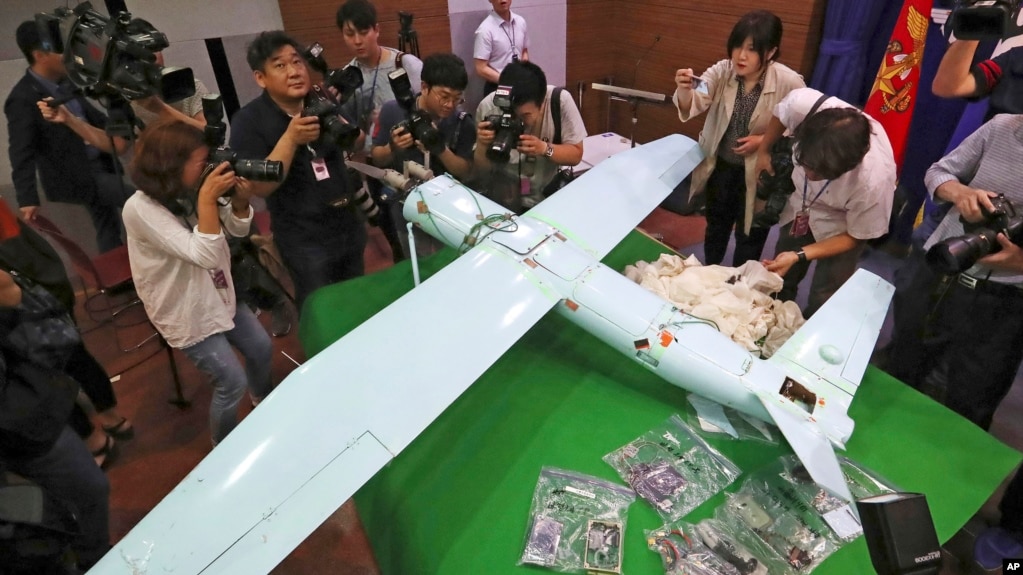
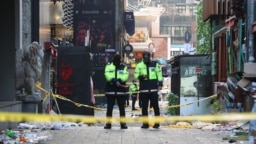




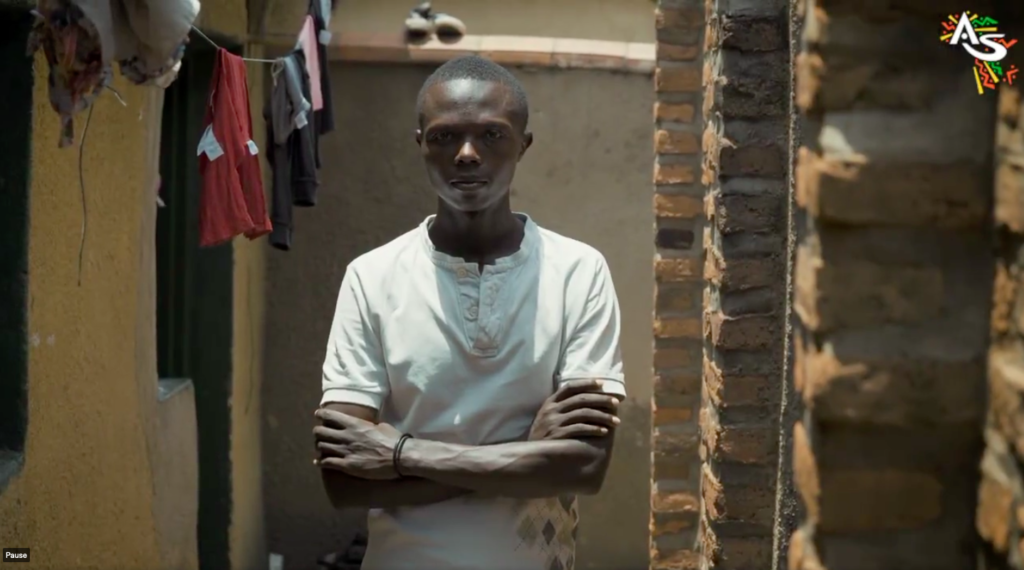

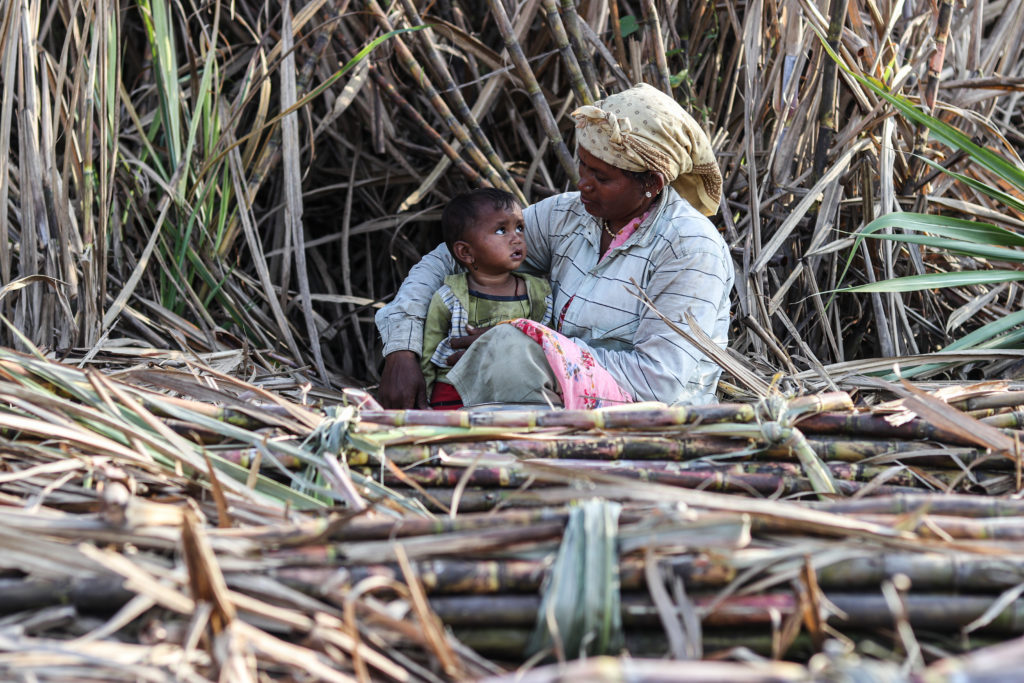
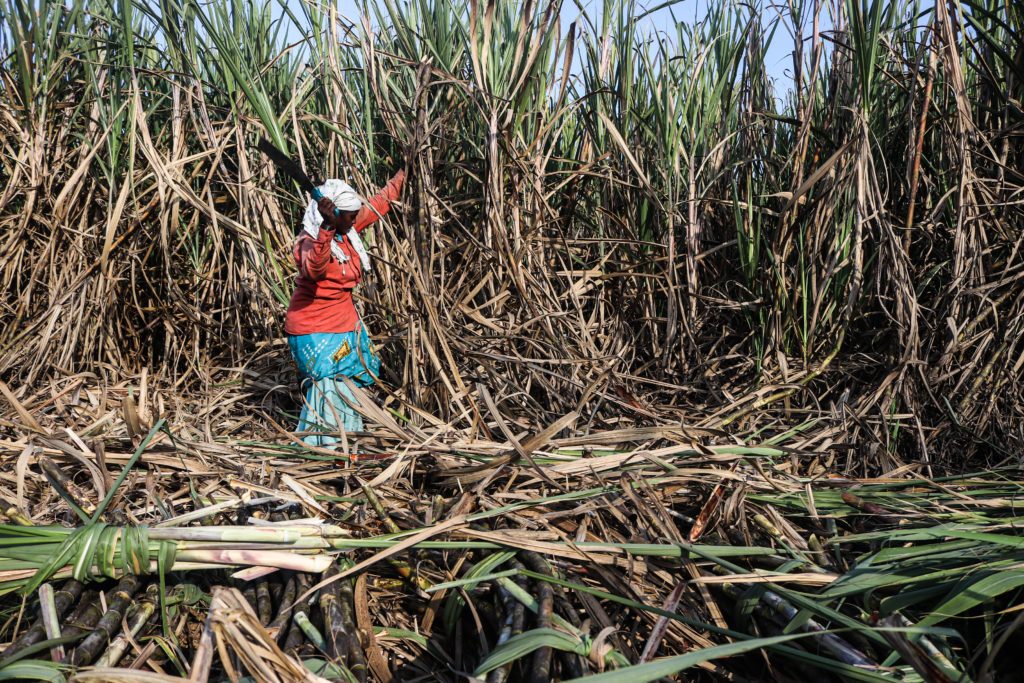
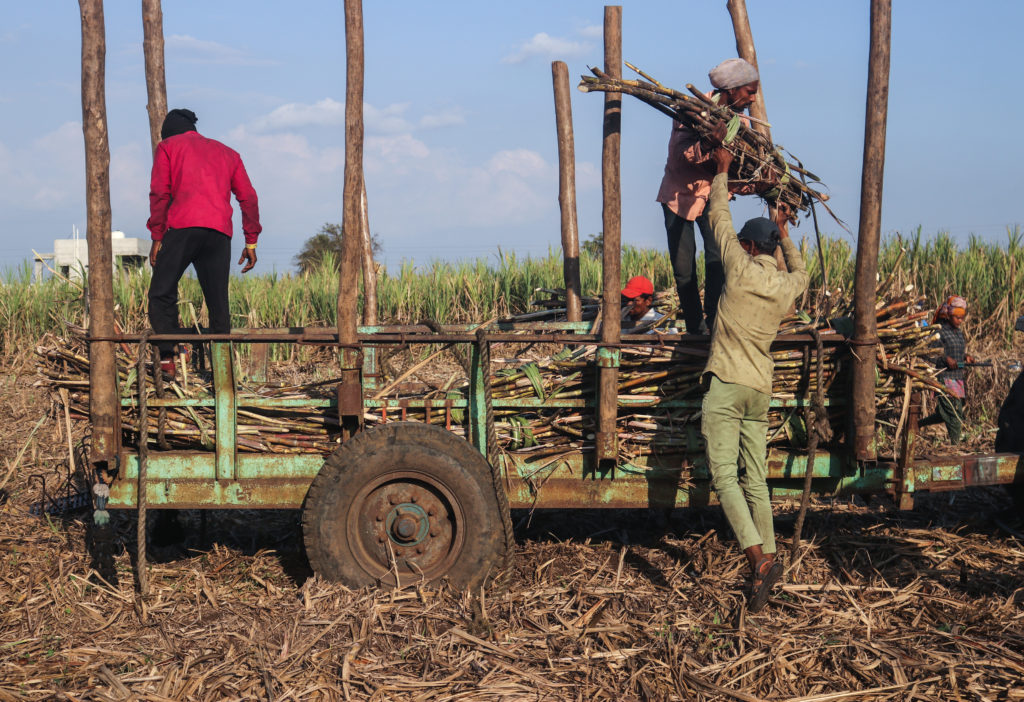
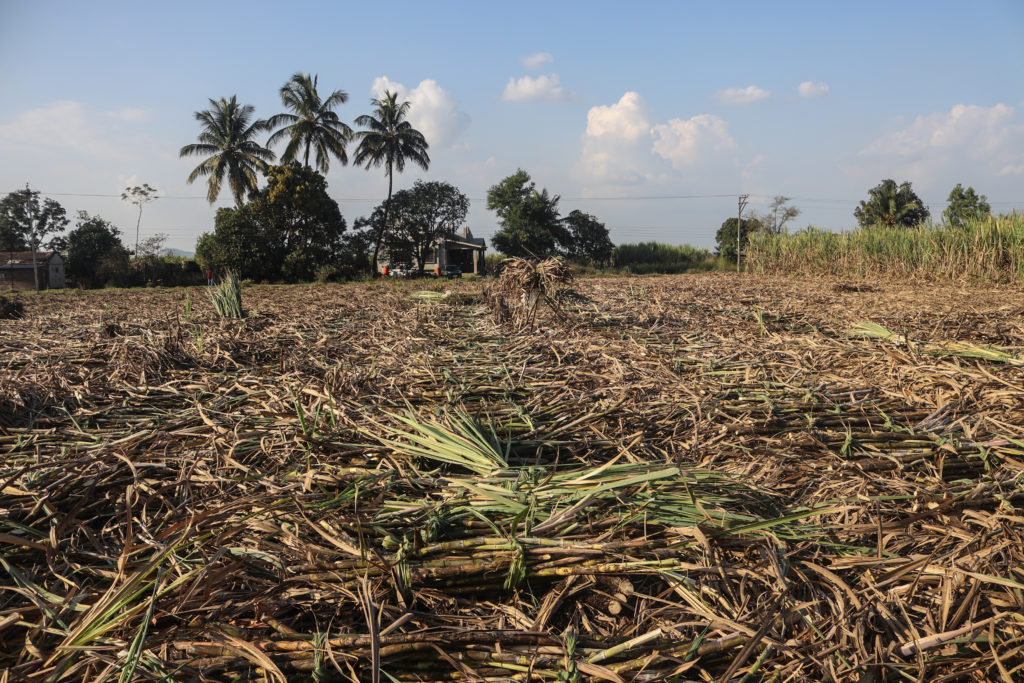
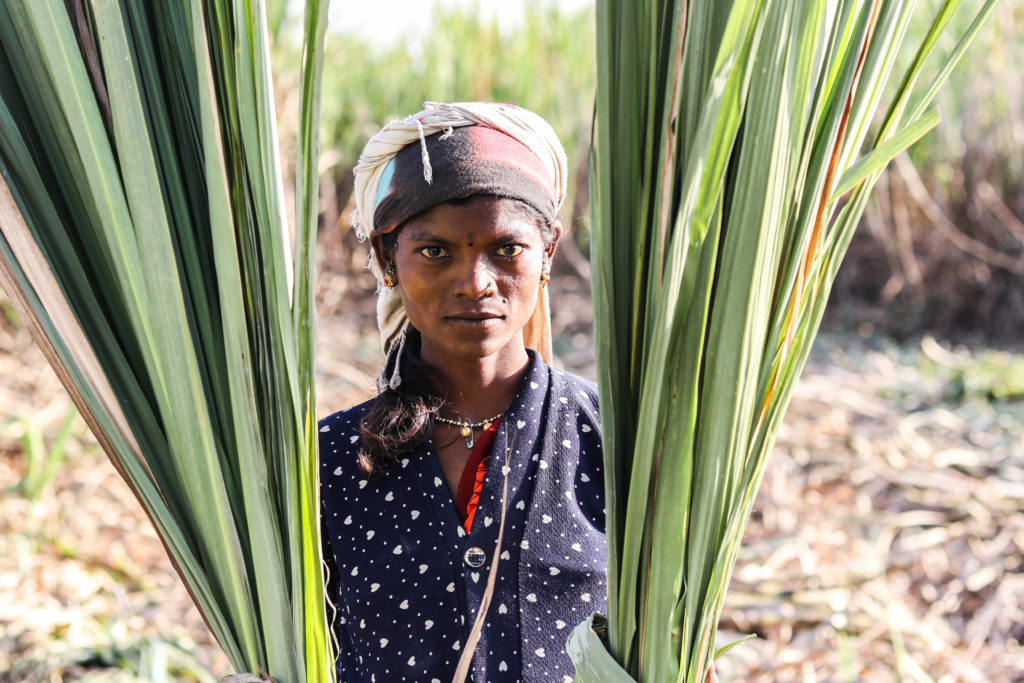 Sugarcane cutter Sarla Bhil said she started migrating to sugarcane fields for work only three years ago because of recurring climate disasters, which are devastating crops in her region / credit: Sanket Jain
Sugarcane cutter Sarla Bhil said she started migrating to sugarcane fields for work only three years ago because of recurring climate disasters, which are devastating crops in her region / credit: Sanket Jain